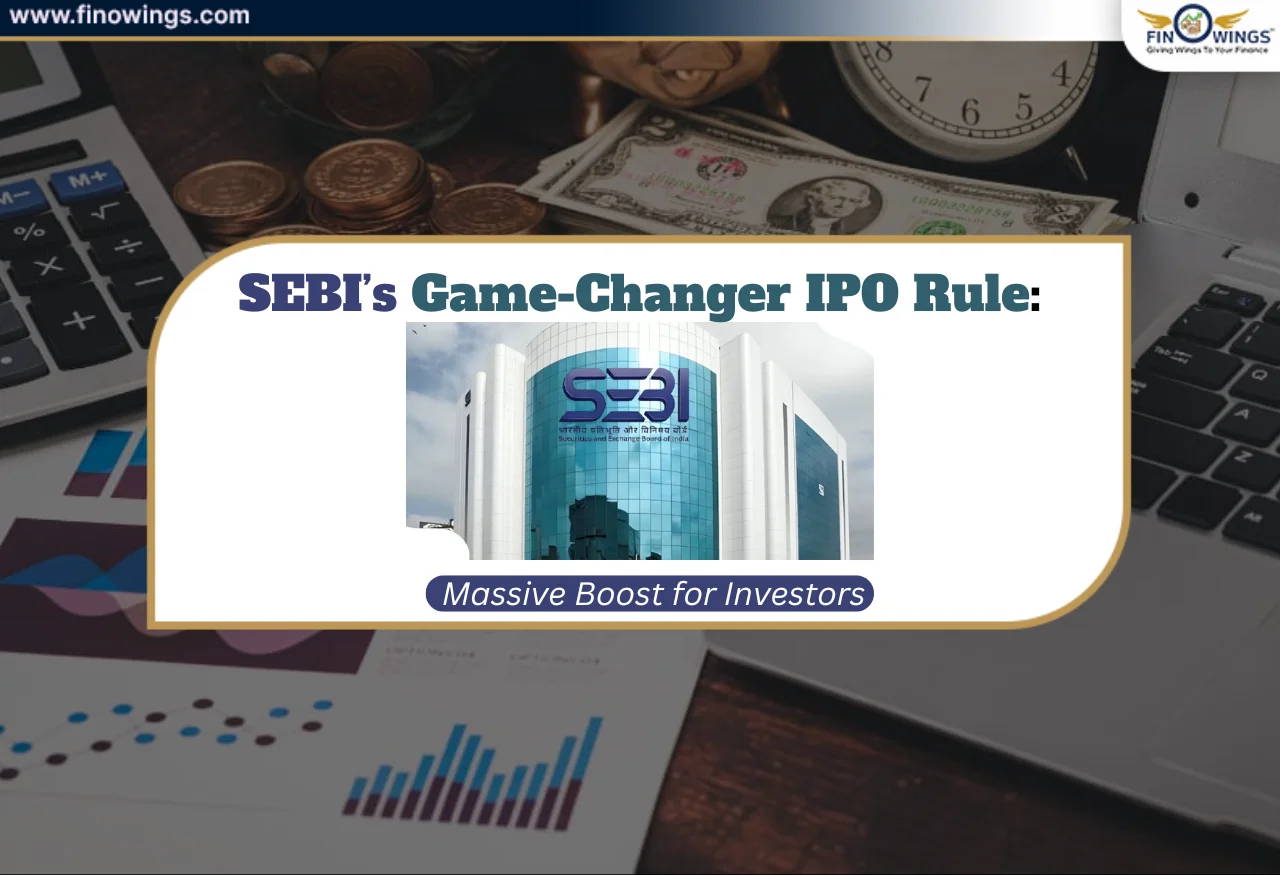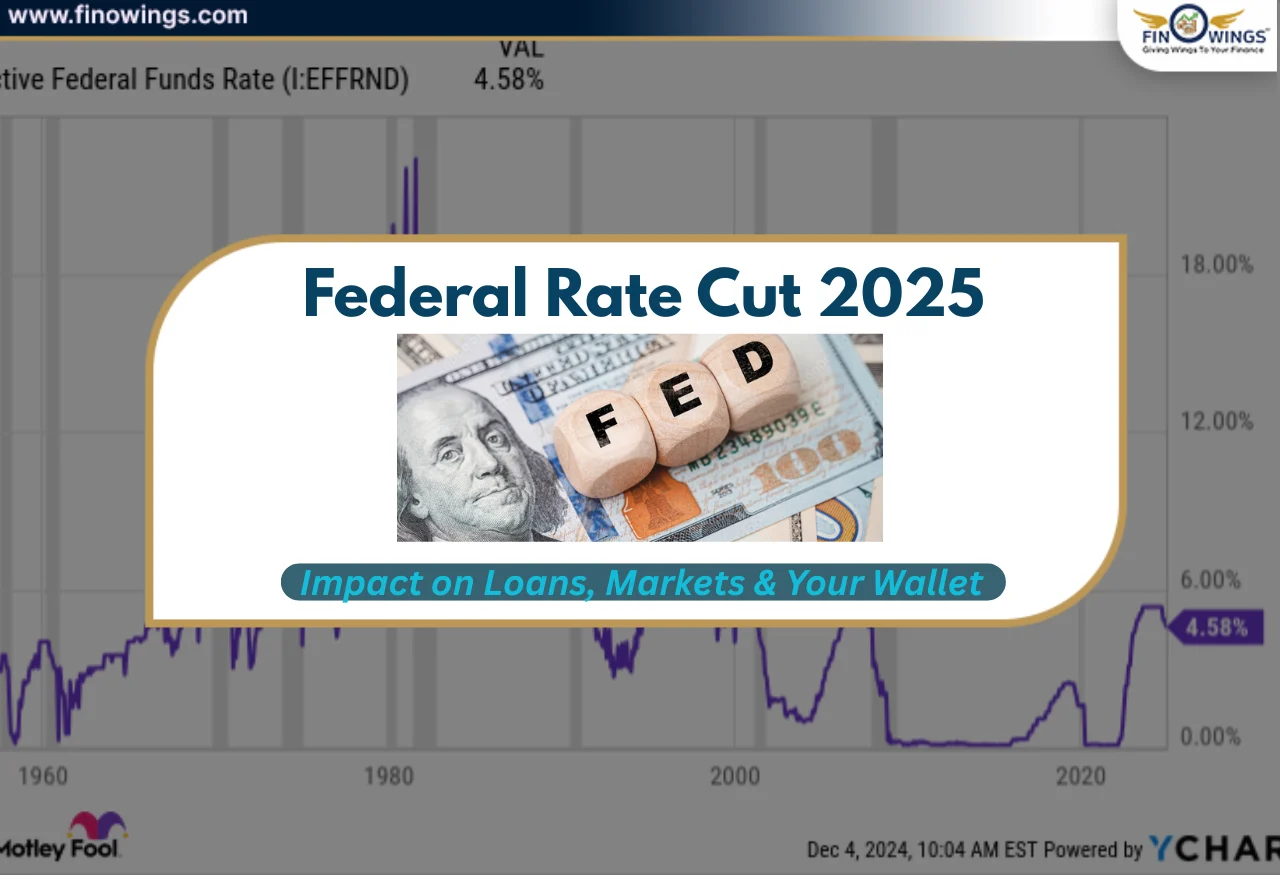Home >> Blog >> Why Nifty 50 Fell after initial rise? Reasons behind Stock Market fall
Why Nifty 50 Fell after initial rise? Reasons behind Stock Market fall

Table of Contents
- Why Nifty 50 Fell today? Key Reasons behind Stock Market decline
- 1. Escalation in the War Between Russia and Ukraine
- 2. Decreasing Price Levels of Crude Oil
- Why Falling Crude Oil is a Worry?
- 3. Stronger U.S. Dollar and Rising Bond Yields
- Rising U.S. Bond Yields Impacts-influencing stock markets and bond yields
- Impact of Stronger U.S. Dollar
- What should Retail Investors do?
- Key Levels to Watch:
- Conclusion
Why Nifty 50 Fell today? Key Reasons behind Stock Market decline
The Nifty 50 fell suddenly after it showed gains at the start of the day. It wholly declined by 360.75 points, or 1.49% (while writing) by the end of the market day. The main thing is why the market suddenly shifts after a couple of days of brief recovery. Here are the three main reasons behind this Stock Market collapse.
Detailed Video
1. Escalation in the War Between Russia and Ukraine
It has now become quite dangerous. This is because reports are coming in of President Putin having decided not to entertain any income-sanction peace deal from President-elect Donald Trump. Putin's intent seems to be "crushing" Ukraine and revealing to the West its weakness.
This intensification is substantiated by the following cases:
-
Russia launched a heavy attack on Ukraine's energy infrastructure.
-
Russia executed the largest-ever drone strike through the night, damaging grids in Ternopil and depriving 70% of the area of power. Residential buildings were hit too in Kyiv.
-
Significant victories by the Russian army on the Ukrainian territory, bringing equal ground with London's size in just one month.
The escalating war has been known to affect global markets as a whole; in fact, its aftereffects are still reverberating, especially in oil prices-the second reason offensive today to the market.
2. Decreasing Price Levels of Crude Oil
Oil prices in Asian trading fell on Thursday after an unexpected boost in gasoline inventories in the United States before the Thanksgiving holiday raised concerns about demand for motor fuels in the world's number one consumer country.
Why Falling Crude Oil is a Worry?
Falling crude oil prices relieved businesses and surged profits. However, if a heavy fall occurs, this typically means that businesses have weaker global demand and can leave adverse effects on stock markets.
Currently, Brent crude oil prices stand at $72.22 a barrel, representing a 0.26% decrease from the previous day. While this price lies within India's favorable range of $70 to $80 per barrel, if this dramatic dip continues, it could imply a slowdown in global economic growth, which, of course, will also affect India as it is not an island in the world economy.
3. Stronger U.S. Dollar and Rising Bond Yields
They have also joined in exerting pressure on the market-they are the global financial parameters such as U.S. bond yields and the U.S. Dollar Index. Here’s how:
Rising U.S. Bond Yields Impacts-influencing stock markets and bond yields
There exists an inverse relationship between the two markets: bond yields and stock markets. The higher the bond yields, the lesser or more cautious the investor views on investing in equities due to the associated high volatility and risk and thus prefers the fixed returns of the former. Currently:
10-year U.S. Treasury bond yield: 4.25%
The 2-year Treasury yield is at 4.23%.
This shift was capital outflow from emerging economies such as India; now the equity market is under pressure.
Impact of Stronger U.S. Dollar
The U.S. Dollar Index measures the strength of the dollar against a basket of six currencies. A rising index therefore indicates a stronger dollar with negative impacts on the Indian market as follows:
A strong dollar weakens the Indian rupee and increases import costs for India.
Higher import costs can raise inflation affecting consumer spending and business earnings.
Currently, the U.S. Dollar Index stands at 106.39, adding to the market's woes by strength.
What should Retail Investors do?
The key indicators that trigger a reactionary investment opportunity on a level base are not enduring setbacks. An investor must focus on such levels to be watched over and casino like a long-term view.
Key Levels to Watch:
-
Nifty 50 closed above the major 24,050 mark.
-
If it closes above that mark, the breakout could lead to a bounce in the stock market.
-
Otherwise, if it fails to hold up to that level, the index may revisit the level of around 23,800 in the upcoming sessions.
Conclusion
A bunch of global geopolitical tensions, the fall of crude oil prices, and extremely strong U.S. financial parameters caused the fall of the market today. These are short-term factors contributing to the initial turbulence, but key levels watched and disciplined investment approach can help navigate the volatility.
Disclaimer: No buy or sell recommendation. No trading or investment advice is given. The content is purely for educational and information purposes only. Always consult your eligible financial advisor for investment-related decisions.

















